2014 Traditional Medicinal Portrait series
Traditional Health Practitioners Artworks
Historically, indigenous traditional knowledge of medicinal plants has sometimes been exploited by various institutions – pharmaceutical companies used the knowledge without crediting or financially rewarding the holders of the knowledge until regulation was legally implemented. Resources have also been exploited by rural communities in order to make a living. The wealth of traditional knowledge held by many communities throughout the world is often under-valued.
Through making the proposed artworks I want to better understand this relationship and use the arts to visually research it. For the Nirox Winter Exhibition 2014 I worked on sculptural portraits with traditional health practitioner theme. I gravured the portraits into stone. They were acclaimed and acknowledged, but possibly un-proclaimed traditional healers whose photographs appear in the public domain.
I collected stone unearthed from a farm adjacent to the village, across the road from Nirox. I started by visiting the village with staff that work at Nirox and then invited the elders and the teachers of the community to visit the park –through following cultural protocols.
I realised that the act of making artworks is a neutral attractor of new audiences. I take into consideration the advice I received from social ecologist Dr Jenny Botha and ethno botanist Dr Vivienne Williams from WITS to be very aware of the positive and negative impact such programs can have on a village. People in the village have had limited opportunity to visit Nirox and this was a lovely opportunity to do that. Four memb





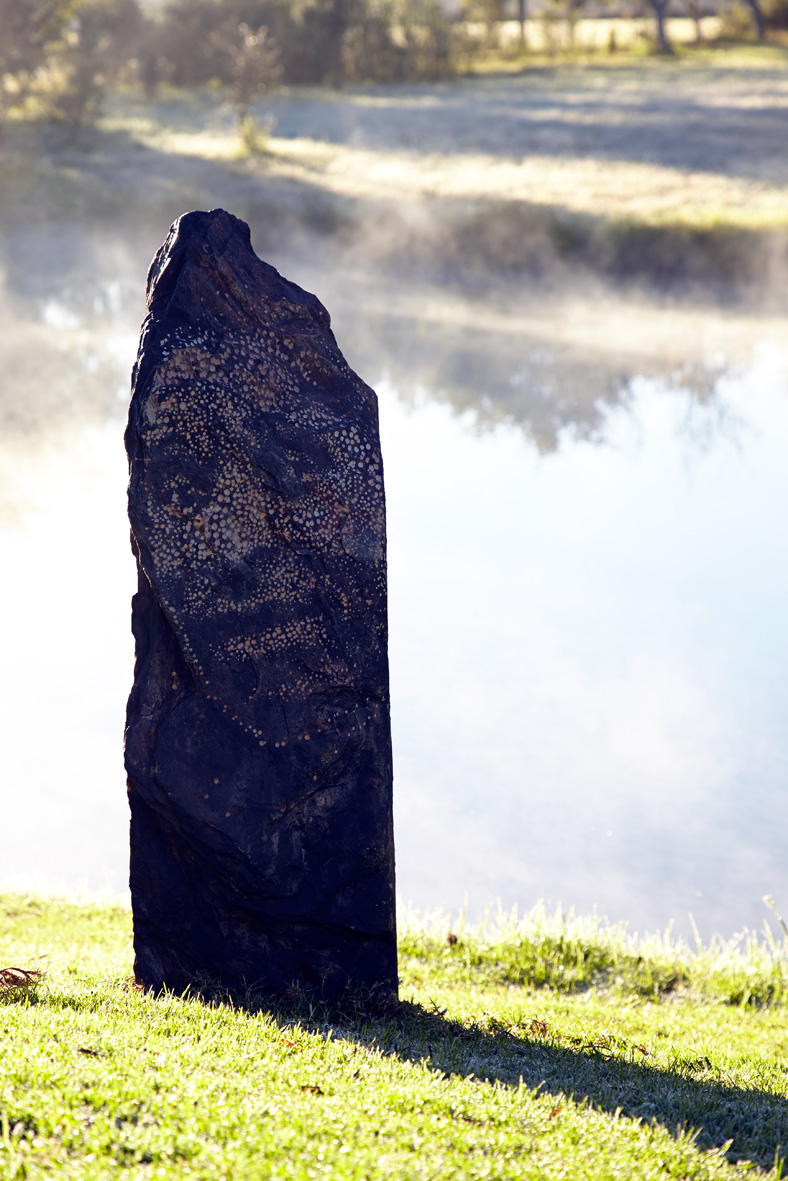


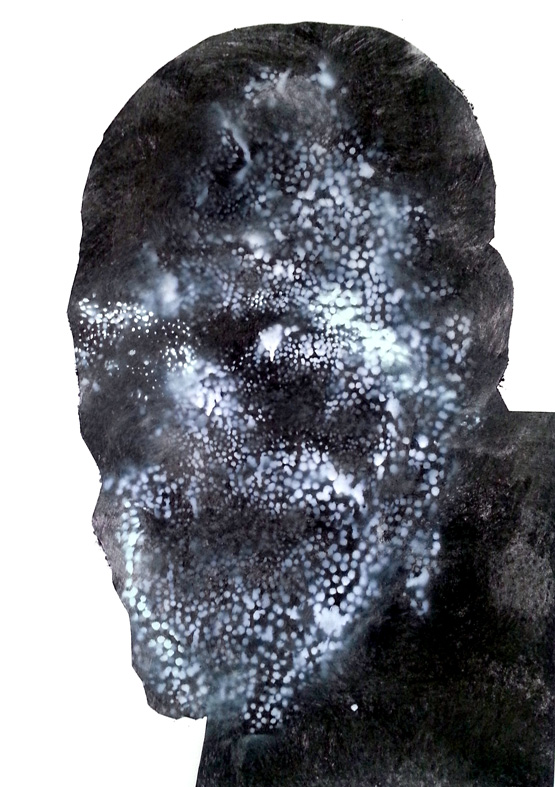

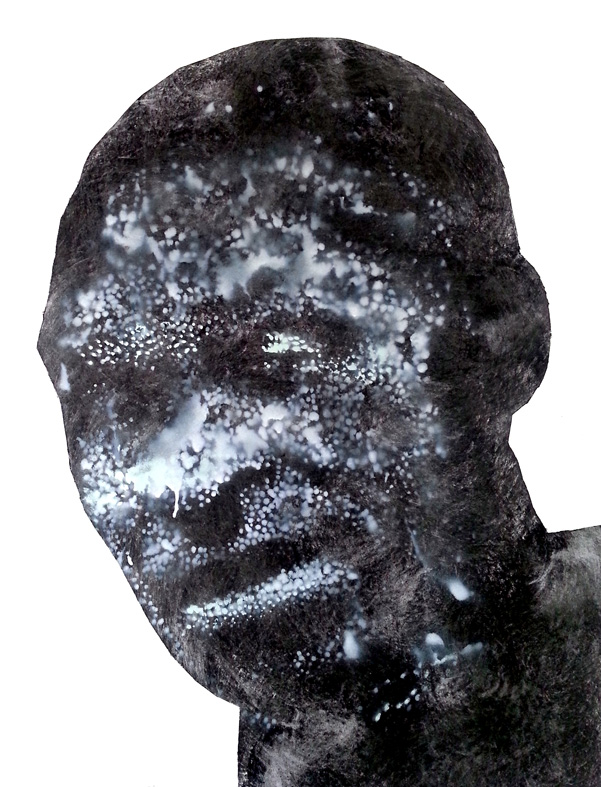


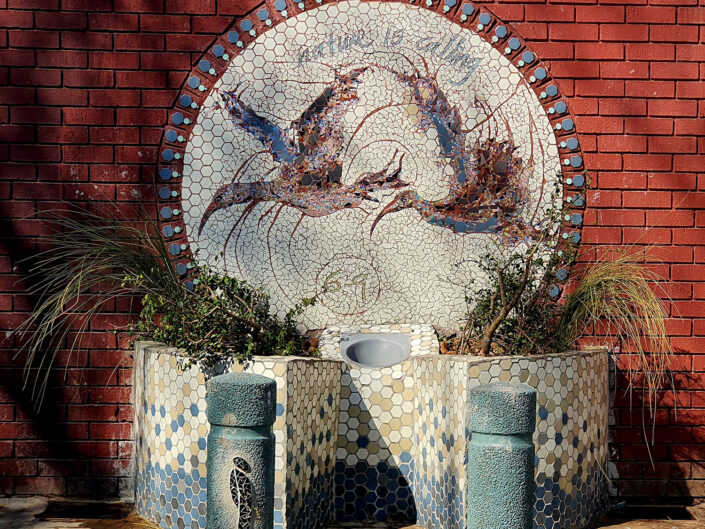
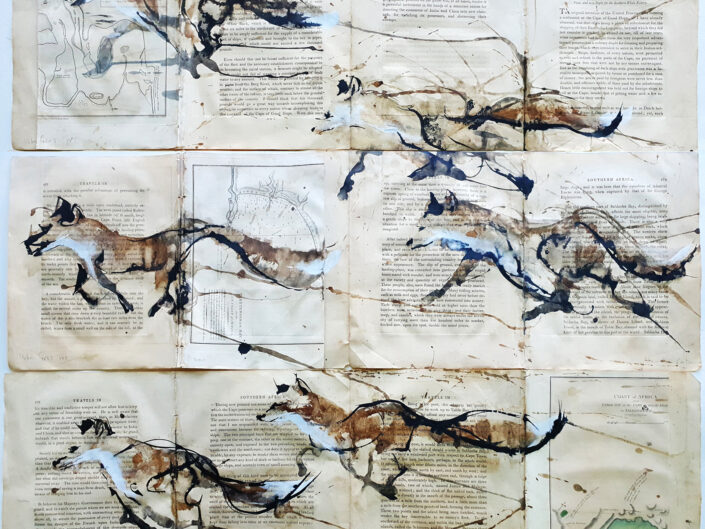
Leave a reply